Ruslan Borisenko
Your work is deeply influenced by engraving techniques and pointillism. What initially drew you to this intricate style?
The pointillism style initially attracted me with its versatility. From a mass of dots, one can create virtually any form, giving volume and depth to the image. Furthermore, by working with dots, it is always possible to add tone and enhance contrasts. Although working in this style takes an enormous amount of time, with dozens or even hundreds of hours spent on a single piece, I really enjoy the process of gradually revealing meaningful images on the flat surface of the paper. I was introduced to engraving techniques in my childhood, and I have always been drawn more to graphic art as a tool for creative expression. Therefore, in addition to classical pencil drawing, I was always interested in experimenting with other graphic art tools. One of my favorite artists is Albrecht Dürer, whose stunning works have always inspired me. At some point, I decided to incorporate engraving techniques into my art, which helped expand the possibilities of conveying my ideas. The academic foundation in art has greatly contributed to the further development of my skills in the chosen direction.
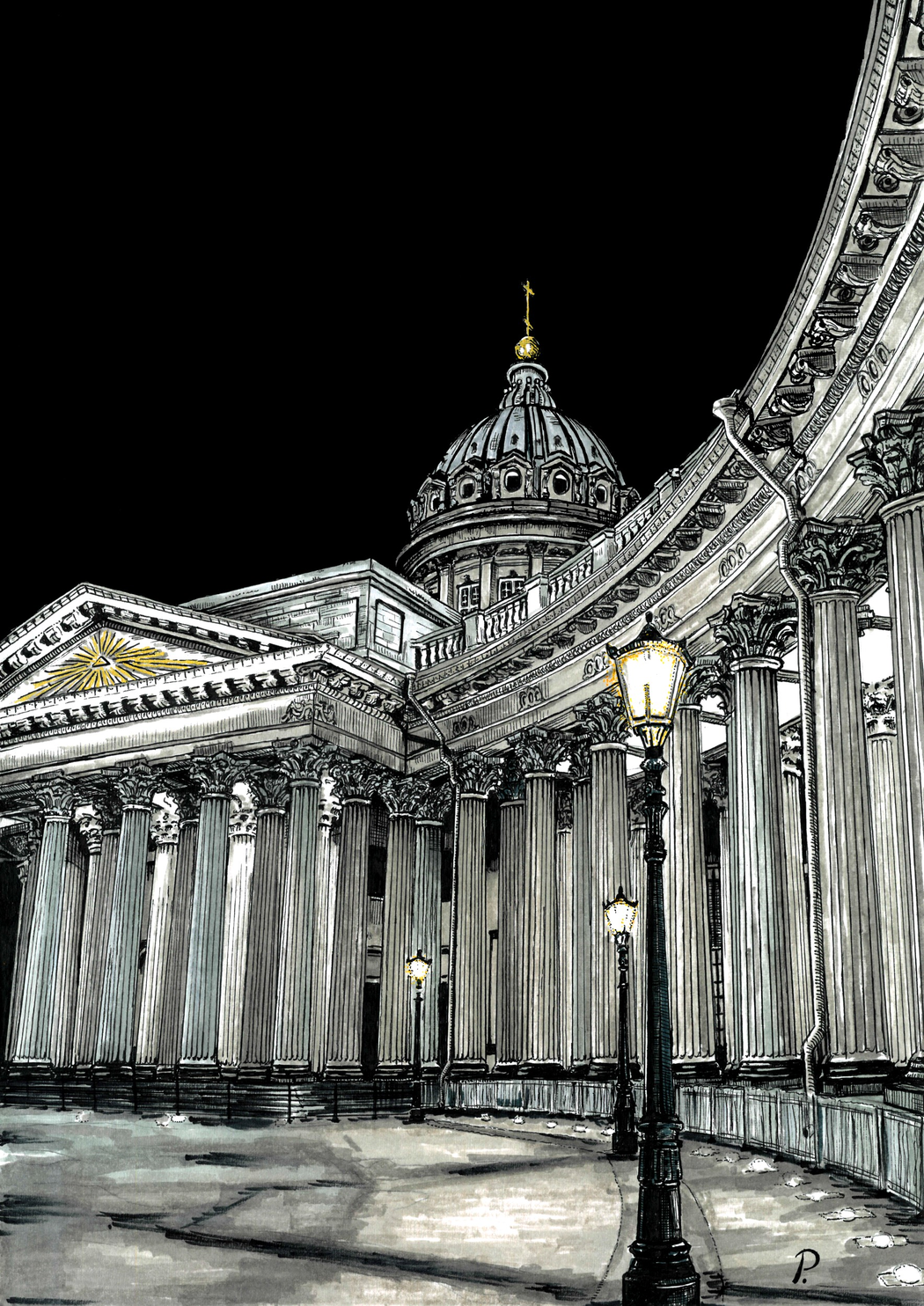 Ruslan Borisenko | Kazan Cathedral
Ruslan Borisenko | Kazan Cathedral
Many of your artworks contain symbolic references and historical motifs. How do you select the symbols you include?
I have been studying the signs and symbols of past eras and their influence on humanity’s cultural and historical heritage for quite some time. Since contemporary culture distorts the meaning of many symbols, my task, both as an artist and a scholar, is to find the original meaning of a symbol in the era in which it was created. This allows me to infuse my works with meaning and expand their overall concept by incorporating symbolic significance. Different historical periods inspire me, especially antiquity and the Renaissance, from which I draw not only ideas for some of my works but also a specific aesthetic. By combining all of this, I create works in which the embedded meaning is transmitted, but I always leave room for reflection, allowing the viewer to find something personal and sacred in the painting.
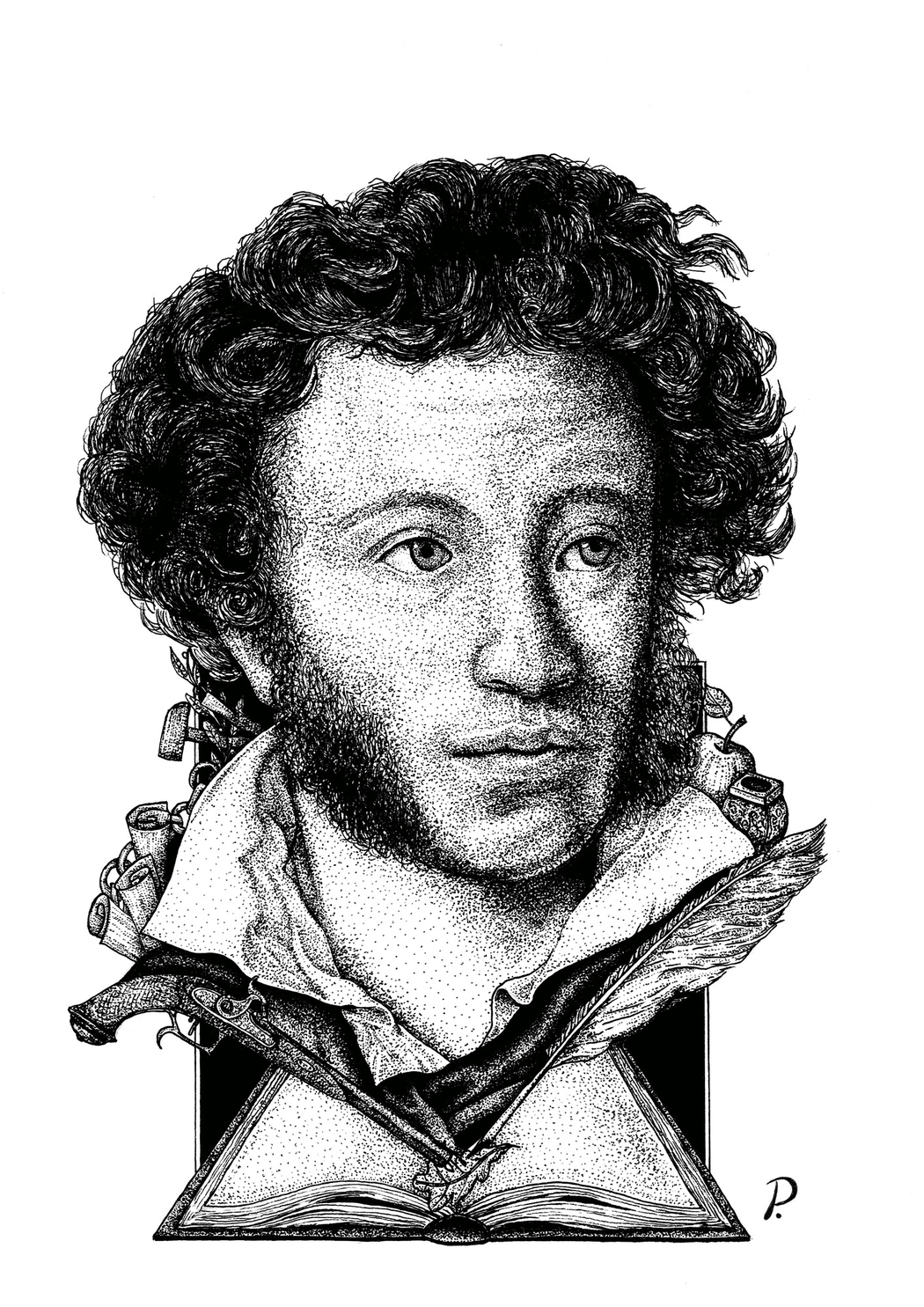 Ruslan Borisenko | Pushkin
Ruslan Borisenko | Pushkin
You often combine traditional ink techniques with digital graphics. What role does each medium play in your artistic process?
Since my journey in art began with traditional visual arts, it has always been primary for me. I believe it is the most sincere and honest form of art in relation to both the artist and the viewer. Digital graphic forms serve as an assistant for me, as I work on various projects, the realization of which is often tied to the need for digital representation of images. I have a higher education in digital graphics and design, which allows me to create projects from scratch or complement existing hand-drawn works. The use of digital graphic tools aids in the versatile development of an artist and simplifies certain technical aspects of the work.
Your art seems to navigate between the visible and the invisible — what themes or questions are you most interested in exploring?
I am interested in philosophical topics, questions about the universe, and defining the place of humans in it. Additionally, various religious imagery is very close to me, which I occasionally incorporate into my art. This allows me to add depth and emotionality to my works. Through studying signs and symbols, I am also drawn to the theme of different cultural codes, which help people, among other things, identify themselves in the modern world. However, my art is not detached from reality and reflects, alongside me, the events happening in our time. Sometimes, through images from past eras, I depict the present with all its problems and challenges. The key is to know how to read between the lines.
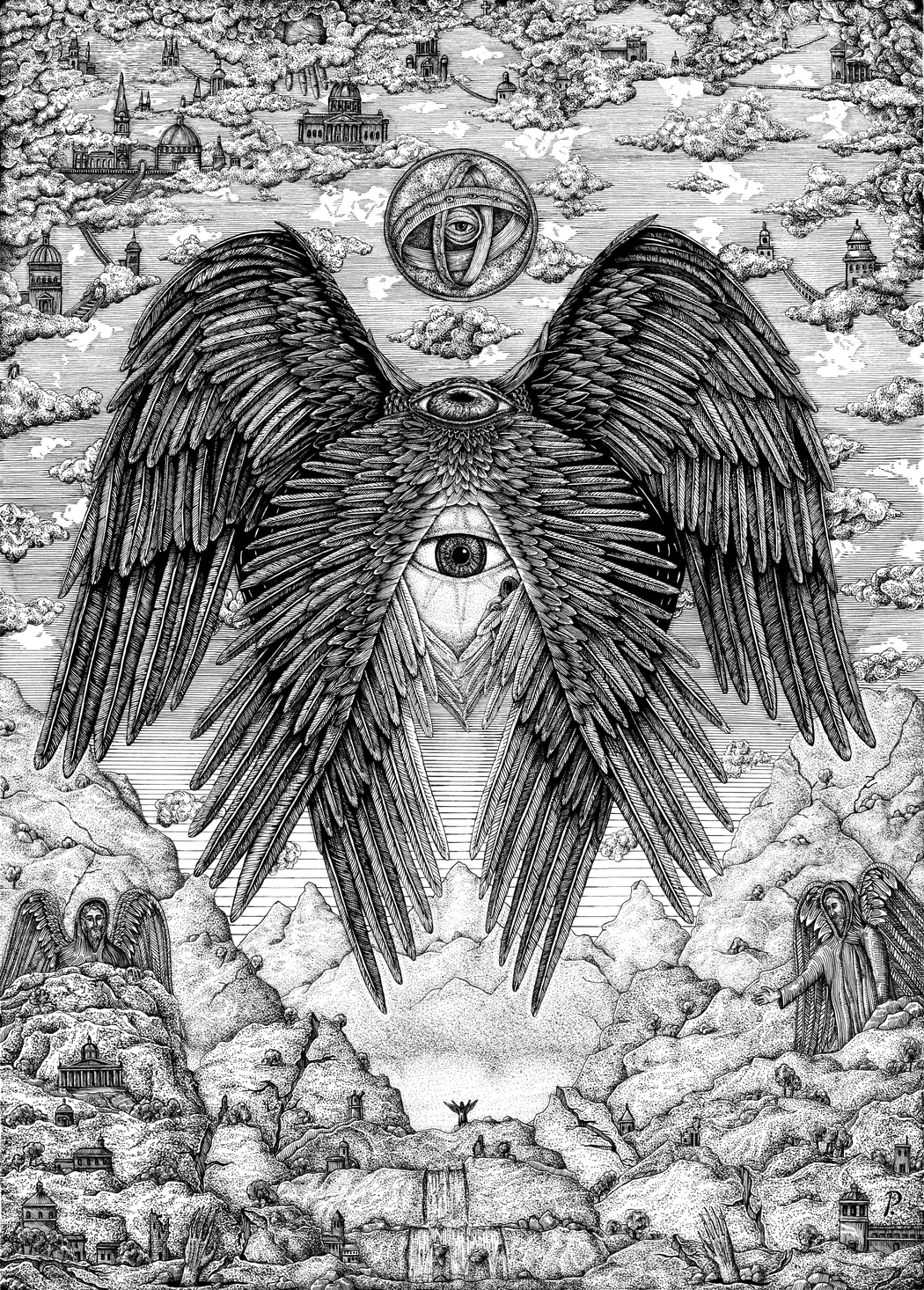 Ruslan Borisenko | Serafim
Ruslan Borisenko | Serafim
You mentioned a fascination with religious imagery. What draws you to these themes, and how do you reinterpret them in a contemporary context?
For me, religious imagery is more than just a specific religion and its symbols. It represents a certain life energy and an invisible force that fills everything around us. As I mentioned earlier, religious images allow me to infuse the painting with emotional depth and show faith not only in higher powers but also in the individual. Taking these aspects into account, I create works that can provide not only emotions and food for thought but also encourage the viewer to believe, above all, in themselves and show that they are not alone.
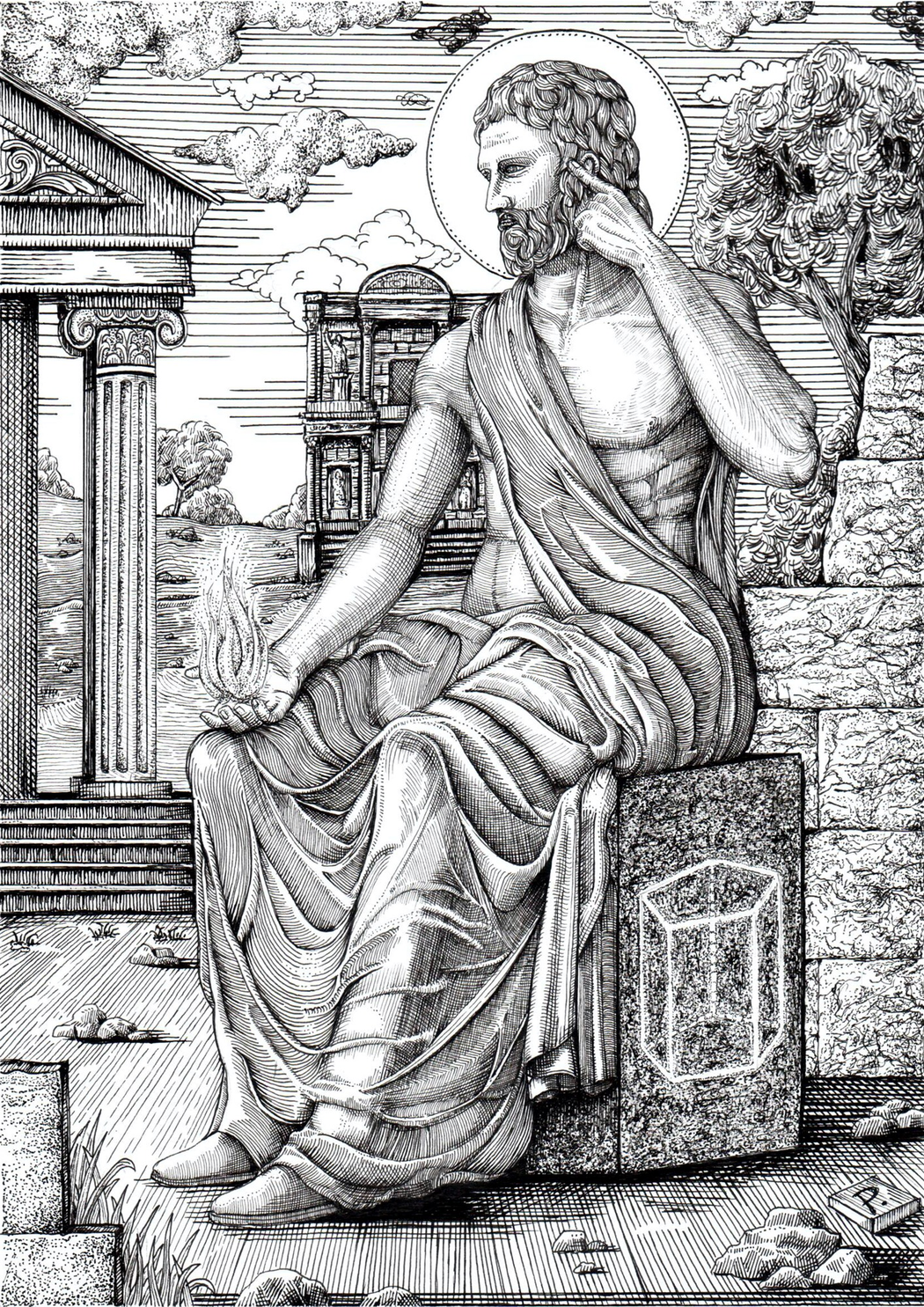 Ruslan Borisenko | Through The Prism Of The Mind
Ruslan Borisenko | Through The Prism Of The Mind
Do you see your works more as visual narratives or philosophical reflections — or both?
Both. Depending on the initial concept, my painting can be a visual story that engages in a dialogue with the viewer, visualizing a specific story, or a philosophical reflection where the painting poses a question, and the viewer must find the answer themselves. In this case, there are no wrong answers, as all of them are subjective and based on personal feelings and experiences. But there is also another option – when I simply want to capture a particular moment or image. For example, I create paintings with architectural themes, where I want to capture a specific mood, light, and color. By the way, I often use a limited number of colors in architectural subjects, while the rest of my works are usually black and white.
What is the reason behind your use of only black and white in your paintings?
In my understanding, graphic art is about meaning and details. This is the focus of my work, and technically, I find two colors sufficient. The style I use, pointillism, and engraving techniques look most effective in black and white, and even with high detail, the painting is perceived as a cohesive whole.
In some cases, I add a few more colors. Most often, these are golden hues or shades of gray, which help create a certain mood or emotion, or highlight significant elements within the overall composition.
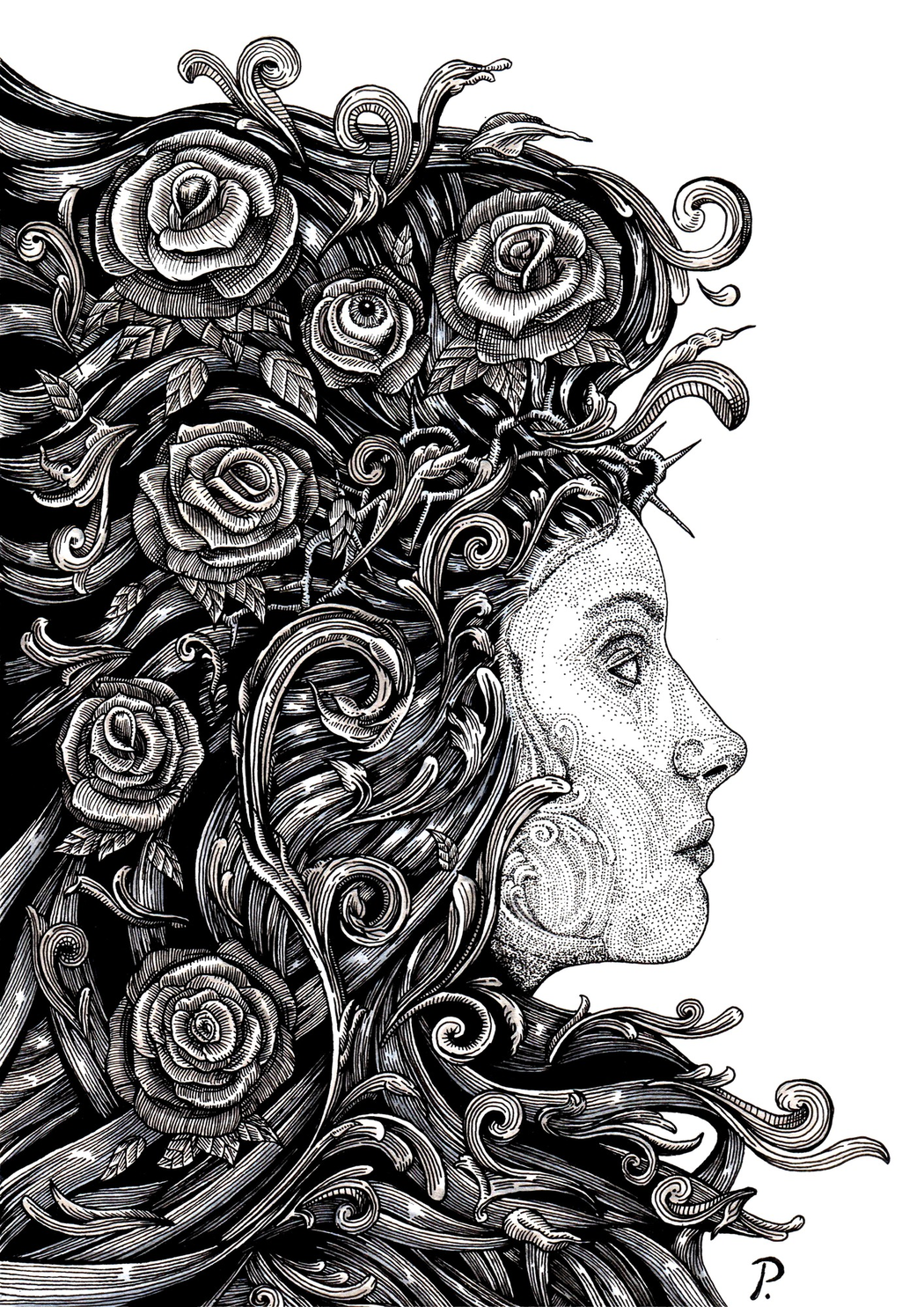 Ruslan Borisenko | Transformation Of The Mind
Ruslan Borisenko | Transformation Of The Mind
How has your background in graphic design and academic research influenced your approach to fine art?
A graphic design education has primarily helped broaden my perception of the world around me and find inspiration not only in works of art. Additionally, higher education has contributed to applying a structured approach to implementing ideas and combining various meanings into a unified concept. I believe this is a crucial aspect for graphic art, as it helps translate not only the initial ideas and emotions onto paper but also brings them together into a single composition with various details and features. Moreover, as a design lecturer at a university, I continually update my knowledge in the professional field and share it with my students. This communication fosters new ideas and a fresh perspective on creativity. My academic research into the sign-symbolic space of different cultures makes the selection of elements for imbuing meaning into my works more professional.

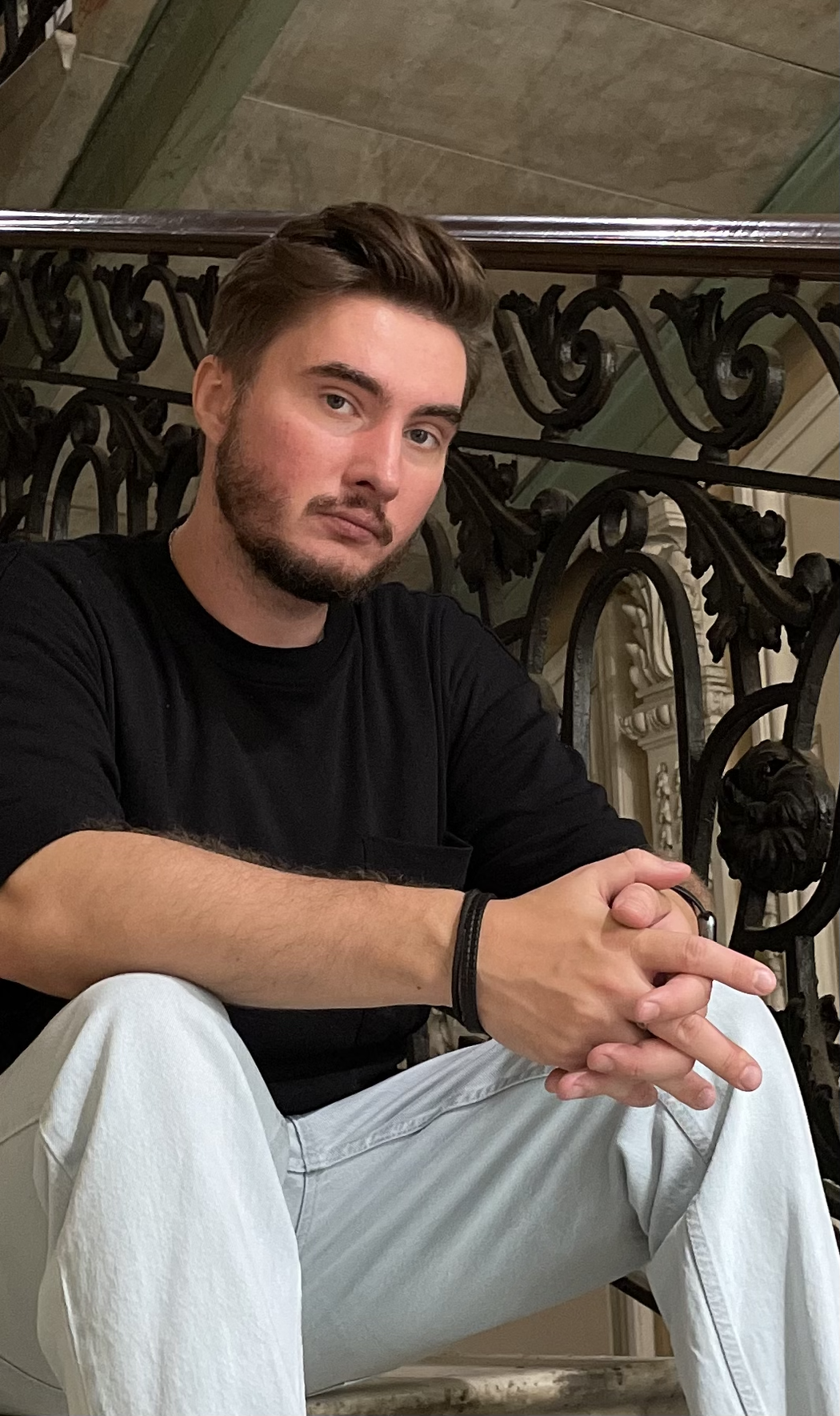
Leave a Reply